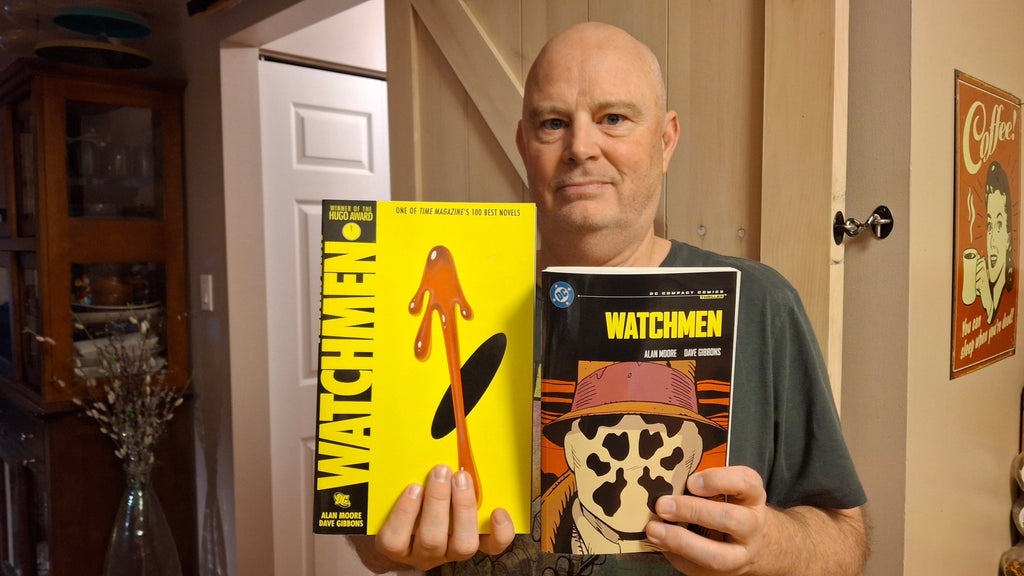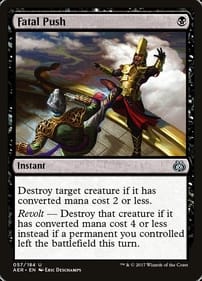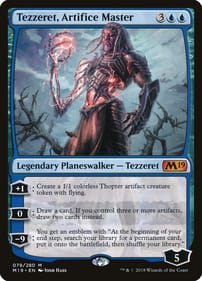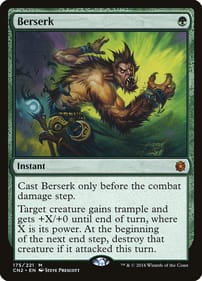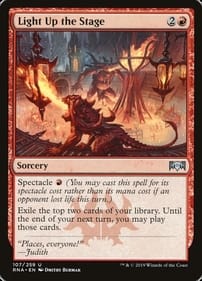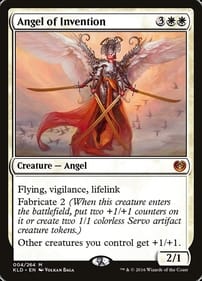Compact Edition Not Quite Watchmen Babies
By Dan Brown When it comes to comics, size matters. But not as much as paper quality. That’s my conclusion after checking out a mini-edition of the classic Alan Moore/Dave Gibbons graphic novel Watchmen. Published under the DC Compact Comics banner, the smaller reprint contains all 12 issues of the 1986 tale about a superhero murder in an alternate America teetering on the edge of nuclear war with Russia. I found the compact edition didn’t suffer for the reduction in size. Powerful scenes, like when Doctor Manhattan zaps Rorschach into oblivion, still pack a powerful punch. I have feeble middle-aged eyes, but I could still read the dialogue without straining. All that said, I still prefer the original edition. The only real advantage the compact version has is its portability. If I was taking Watchmen to read on a beach on a hot summer day, I’d reach for the smaller one. (Of course, if I took Watchmen to the beach, I’d be a deeply weird individual.) How much smaller are we talking? The Compact Comics edition measures 5.5 by 8.5 inches and has a cover price of $13.50. Compare that to the regular size, which measures 6.75 by 10.25 inches, and set me back $22.99 when I picked it up a number of years ago. (Both of them are paperbacks.) If you’re thinking “Don’t odd-size comics have a long history?” you’d be right. Growing up in the 1970s and going to the grocery store with my Mom, I’d see mini-digests of Archie comics at every checkout. I never bought even a single one. I suspect even today, it doesn’t matter much what size Archie comic you buy, the characters and stories likely land the same. But also in the Seventies, if a comic was momentous enough, it would be published in a huge oversize treasury edition (10.5 by 13.5 inches). Those ones were reserved for “event” stories, as when Superman fought Spider-Man in the first DC/Marvel crossover. When Superman squared off against Muhammad Ali in the boxing ring, that story also got the oversize treatment. Naturally, those bigger comics came with a premium price. The one shame about the tiny Watchmen book was the cheaper paper DC used, which diminishes the effect of its colour scheme. Colour artist John Higgins is the unsung hero of Watchmen, and his powerful colouring doesn’t get the props it deserves as an essential part of the Watchmen reading experience. He specifically chose a non-traditional superhero palette, and the story’s impact is lessened with the switch. Doc Manhattan, to name one example, just isn’t as otherworldly when the luminescent blue covering his body is toned down on the duller paper. Watchmen remains one of the best-selling comics of all time. It continues to top sales charts decades after it was published, first as a monthly comic, then a collected graphic novel. So my bottom line is, if a smaller version helps comic stores to move product, then it’s a good thing. If it turns newbies onto Watchmen, or even turns people into fans of the medium in general, then I’m all for it. I’m sure Alan Moore would have something angry to say. Dan Brown has covered pop culture for more than 33 years as a journalist and also moderates L.A. Mood’s monthly graphic-novel group.


